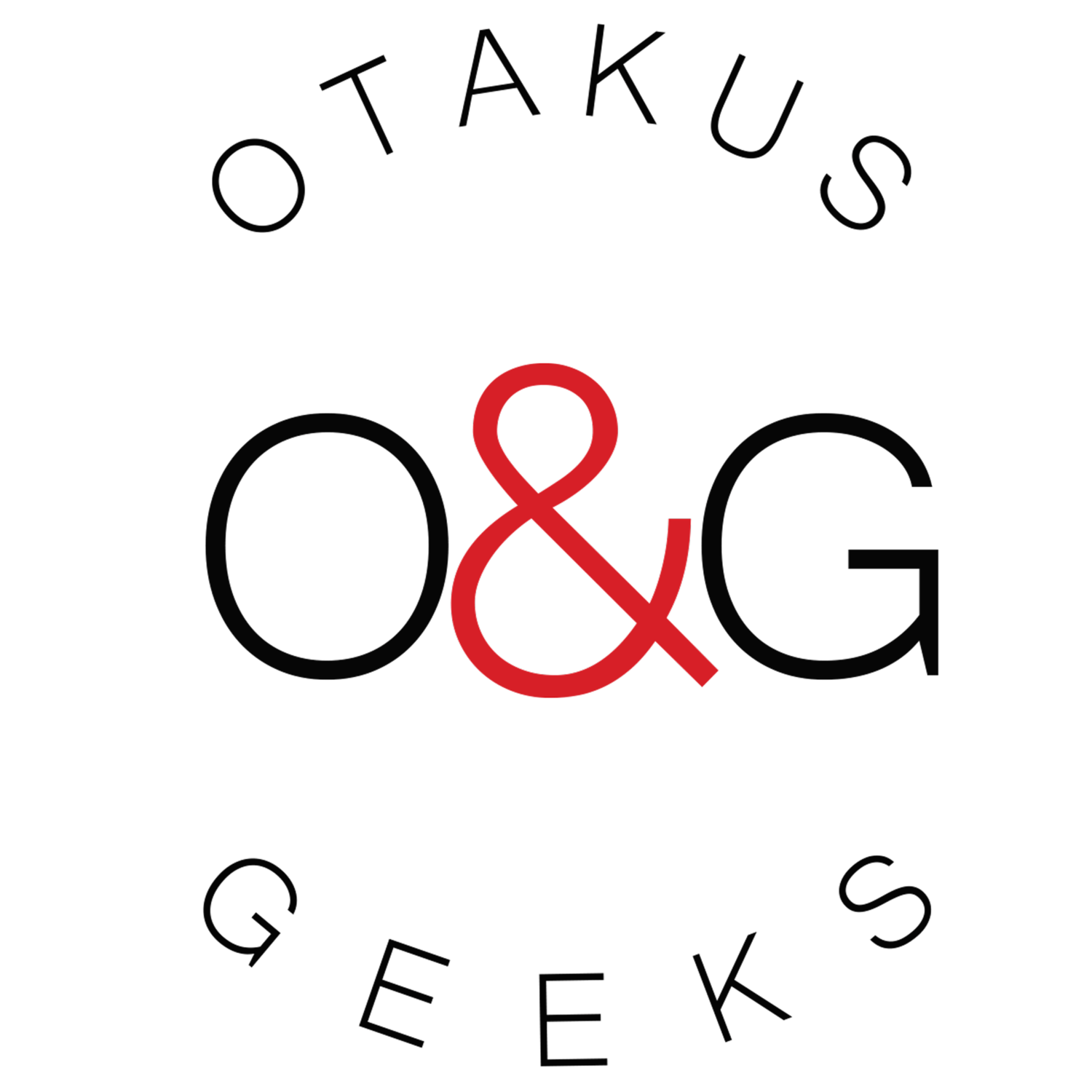Manga in America: How English Editions are Born
/Written by Melissa Farinelli
On May 17th I had the opportunity to sit in on a panel at The Japan Society showcasing the process it takes to create an English translation of a Japanese produced manga. The panelists included Ben Applegate, Director for the publishing team and Editor at Kodansha Comics; Letter Deron Bennett and Editor/ Translator Ajani Oloye, both of whom also work with Kodansha; and Tania Biswas, Editor at Yen Press. The first portion of the panel, moderated by literary translator Allison Markin Powell, discussed their different jobs and skills, current works their companies are producing (including Kodansha's first non fiction manga Ichi-F, which is based on the experiences of one of the clean up workers at the Fukushima Power Plant) and how they decide which properties to license for western audiences (and that sometimes what is popular in the States isn't so much in Japan).
From there the panel moved on to a live demonstration of creating an English version of previously untranslated manga pages. It started off with translator Oloye numbering out each panel of each page on a Word Document and then translating in order each panel, carefully labeling the character or sound effect, and noting any exaggeration in the dialogue as he went. Next, editor Applegate makes any dialogue tweaks to ensure character and story continuity and fixes any punctuation or grammar mistakes. Finally, letterer Bennett sits downs to insert the newly created content into the pages. I found this part the most interesting. Not only is he adjusting the translated dialogue to fit allotted bubble space provided in the original panels, he also inserts the translated sounds effects around the existing Japanese characters. Any manga reader knows most of the sound effect characters are heavily incorporated into the actual artwork of the panels, making it difficult to remove and fit in any translated words. Many older properties would often forgo this step, leaving the original characters and artwork intact, but sometimes leaving the reader a little confused. Here Bennett, would actually adjust the font and shape of the text to match the existing art and place them unobtrusively around the original characters, letting the reader get their cake and eat it too!
After the live demonstration was the audience Q&A, which included questions about job opportunities (turns out most translators and editors work freelance), and what skills are needed to break into the business. They recommend having a vested interest in Japanese cultural and language, and reading not only manga of all kinds but novels and other literally works so you can understand how to write in different voices. They also touched on how they deal with cultural references that might be unfamiliar to Western audiences and that they often like to keep the original Japanese cultural references intact, creating opportunity for the cultural crossover many manga reads tend to enjoy.
After the panel there was a reception in the Society's beautiful lobby where audience members had the opportunity to speak with all four panel members individually. I was able to chat briefly with all of them, discussing the aspects of the job that they enjoyed most (problem solving and finding that perfect translated idiom!) versus things that they find the most difficult (deadlines!). They also expressed their love of the medium and how it keeps them motivated to work the often long and unforgiving hours.
Overall, I really enjoyed the experience and walked away with a fresh perspective on a medium that I'm becoming more and more invested in. I definitely plan on expanding my library and maybe now will take a moment more to appreciate the artistry and detail that goes into producing these volumes for not only Japanese audiences but for Western audiences as well.
